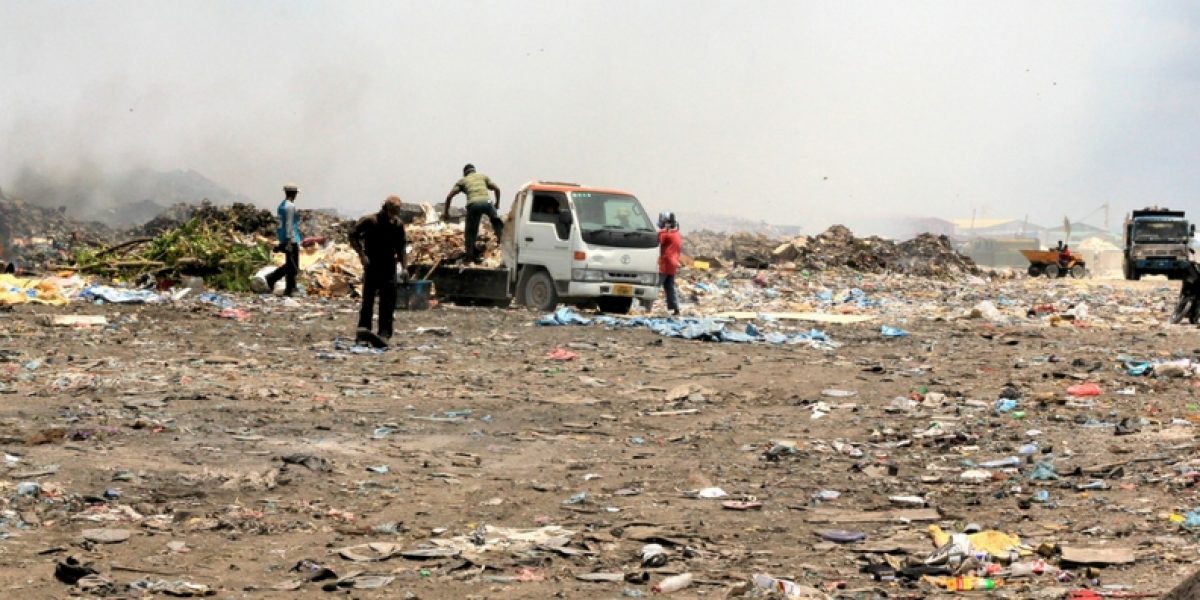It was always seen as a struggle that white people championed, whereas black people championed anti-racism, socioeconomic equality and an end to workplace discrimination, among other matters.
However, I recently discovered that I was grossly incorrect.
I was interested in understanding why I had these perceptions and stumbled on the term “the green ceiling”, which highlights how mainstream environmental organisations fail to create diverse workforces because of their assumptions about black people and their environmental knowledge.
Sylvia Arthur, editor of Lucid magazine, argues: “The movement needs to be more sensitive to difference and inclusive in its outreach across race, religion and class.”
Environmental organisations and their prejudice, coupled with the media’s perpetuation of bias, results in the close association of environmentalism and whiteness. Environmental writer Brentin Mock says of these organisations: “Too many believe the poor are too occupied with being poor, or black people are too occupied with being black to be occupied in green organisations.”
These misperceptions of black people and environmental knowledge are also grossly incorrect.
I attended a workshop in Springs in Gauteng this week, hosted by Action 24 (Active Citizens for Responsive Legislatures). It brought together environmental activists from Gauteng, KwaZulu-Natal and the Western Cape. The workshop focused on increasing public participation in the legislature, responding to sustainability challenges and engaging the legislature in environmental issues.
Based on the main topic of the workshop and the target audience, I was convinced that there would be mainly white participants. To my surprise, however, the room was filled with black people who had been campaigning for environmental issues in their communities for years, while championing all the other issues experienced by black South Africans.
The hidden stories of environmental activism centre on black South Africans fighting to preserve their communities every day. One woman spoke about her community in KwaThema on the East Rand. The township is characterised by intense environmental degradation because of a large dumping site in its midst, affecting residents’ health.
The site, located in front of Ntokozweni Primary School, is filled with foul-smelling and toxic disposed items, including the polony identified as the source of the recent listeriosis outbreak. Large quantities were dumped in KwaThema to protect the rest of the country.
In addition, this dumping site is marked by degraded vegetation, poor water quality and dead livestock. Children play here, making them easy prey to infection and disease.
A man from Rietville, a township west of Johannesburg, described how a toxic mine there has been destroying the community. The roofs of people’s homes are now rusted, placing residents at risk of contracting diseases. The vegetation has been harmed too: crop output has noticeably shrunk, and the quality of crop production has been affected. It gets worse: because of the toxic substances released by the mines, the elderly are going blind at a rapid rate and asthma is widespread among the residents.
The final story focused on Riverlea, near Soweto, where a woman gave birth to twins, one of whom died less than two weeks later. The cause of death was attributed to environmental degradation and its concomitant air pollution, which destroyed the newborn’s lungs.
These painful stories about fellow South Africans living in toxic environments reveal just one of the country’s eco-challenges. Another pressing threat is the effects of climate change. During the recent water crisis in Cape Town and the floods in Durban, it was poor black communities who suffered the most. These communities are vulnerable to ecological changes, which are placing their very existence at risk.
This is not just South Africa’s problem. If we travel beyond our borders to Lake Chad, we see the effects of climate change on Africa. The lake has lost 90% of its original surface area because of evaporation over the past 40 years, causing the indigenous people there to suffer food shortages.
The truth about climate change is that, although everyone is affected, it is the most vulnerable who will carry the heaviest burden. Within the South African context, this refers to poor black women. Climate change cannot be separated from the other forms of oppression that these women experience; it’s all inextricably linked.
Hence, we need to take the same intersectional stance that we take towards other social justice issues when we focus on the environment. As writer Genetta M Adams says: “Caring about the environment is just as important as fighting for equal rights. After all, without clean air, water and healthy food, we won’t be around long enough to reap the benefits of those social justice fights.”
What I’ve learned from this week’s workshop is that environmental activism is everyone’s issue. We all need to play a role in preserving our environment and promoting a clean environment for all.
The stories shared by the comrades at this workshop point to the urgency of the situation and the need for government and civil society to address it head-on. If we work together as a society by changing the way in which we live and recognising how oppressions are interlinked, we can go some way towards improving conditions for these affected communities.
After all, environmental activism is just as legitimate a struggle as any other.








